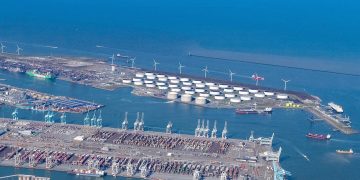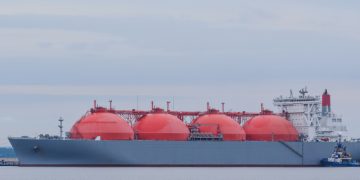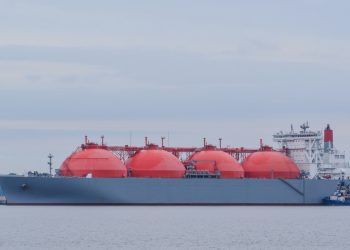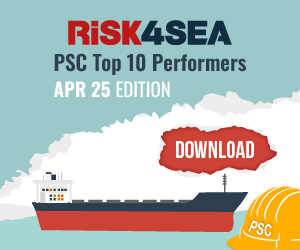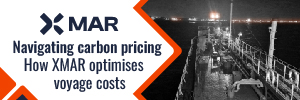The UN International Maritime Organisation (IMO) has agreed to establish an Emission Control Area (ECA) in the Northeast Atlantic, during the Marine Environmental Protection Committee’s 83rd meeting session (MEPC 83).
As informed, the Emission Control Area (ECA) will span the coastline from Portugal, Spain, and France, through the British Isles, and up to Iceland and Greenland and is scheduled to enter into force in 2027.
Today marks a historic day in air pollution reduction from ships. The new Emission Control Area will avoid thousands of premature deaths in Europe. Moreover, the Northeast Atlantic ECA will close the gap between existing ECAs in North and Baltic Sea and Mediterranean Sea. Thereby almost all European waters will be Emission Control Areas soon.
…said Sönke Diesener, Shipping Expert, NABU.
Diesener continued by stating that this regulation not only benefits people and nature but also facilitate a level playing field for the maritime industry in Europe.
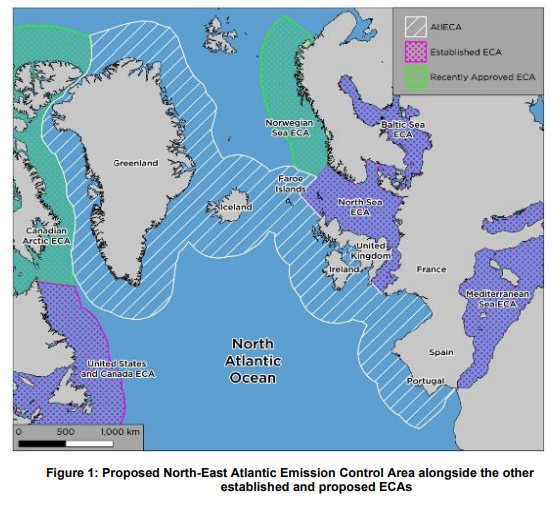
Approximately 193 million people live in coastal states within the proposed North-East Atlantic Emission Control Area (NE Atlantic ECA), with over 90% residing in the United Kingdom, France, and Spain. This region is expected to experience continued population growth between 2021 and 2030. Major port cities within the proposed ECA, such as Lisbon, Porto, Bilbao, Liverpool, and Dublin, are among the most densely populated and are particularly vulnerable to shipping-related air pollution.
In Greenland, 89% of the population is Indigenous Greenlandic Inuit. Nearly all residents live in coastal settlements and cities in the southern and western parts of the country, where they are directly exposed to air pollution, including emissions from ships. This pollution poses additional risks to already climate-vulnerable communities, particularly through exposure to particulate matter and black carbon (BC) emissions.
The proposed ECA also encompasses over 1,500 marine protected areas, accounting for 10% of the total area, and includes 17 important marine mammal habitats, which make up 16% of the zone. Additionally, 17% of the region lies within the International Maritime Organization (IMO)-designated Western European Waters Particularly Sensitive Sea Area.
The NE Atlantic region is rich in cultural and natural heritage, containing 148 UNESCO World Heritage Sites, around 12% of the global total. However, shipping emissions of sulfur oxides (SOx) and nitrogen oxides (NOx) contribute to pollutant deposition and ocean acidification, threatening both marine biodiversity and these protected sites.
By significantly reducing SOx and NOx emissions, the proposed NE Atlantic ECA would help mitigate harmful impacts on ecosystems, vulnerable communities, and cultural heritage. The benefits would be especially significant in areas with exceptional protection status, supporting both conservation and public health.
To remind, the Mediterranean Sea is also set to become an Emission Control Area from 1 May.




















